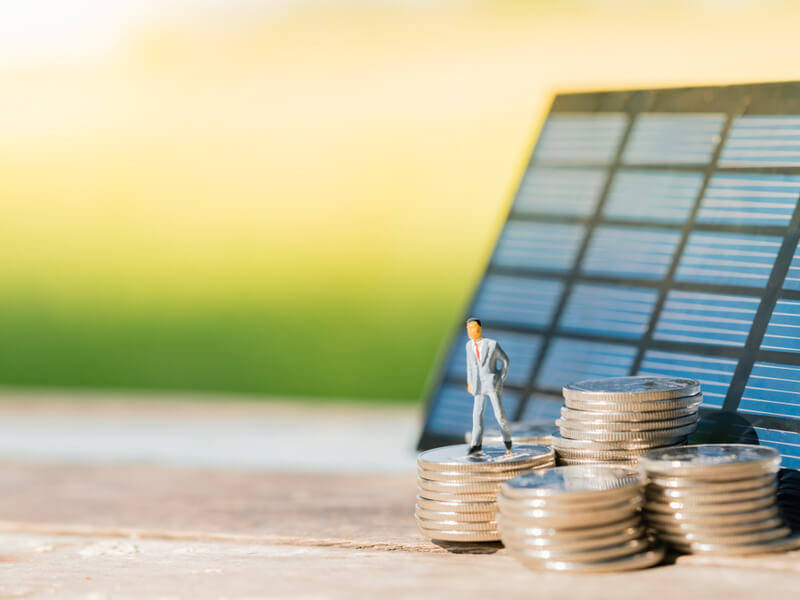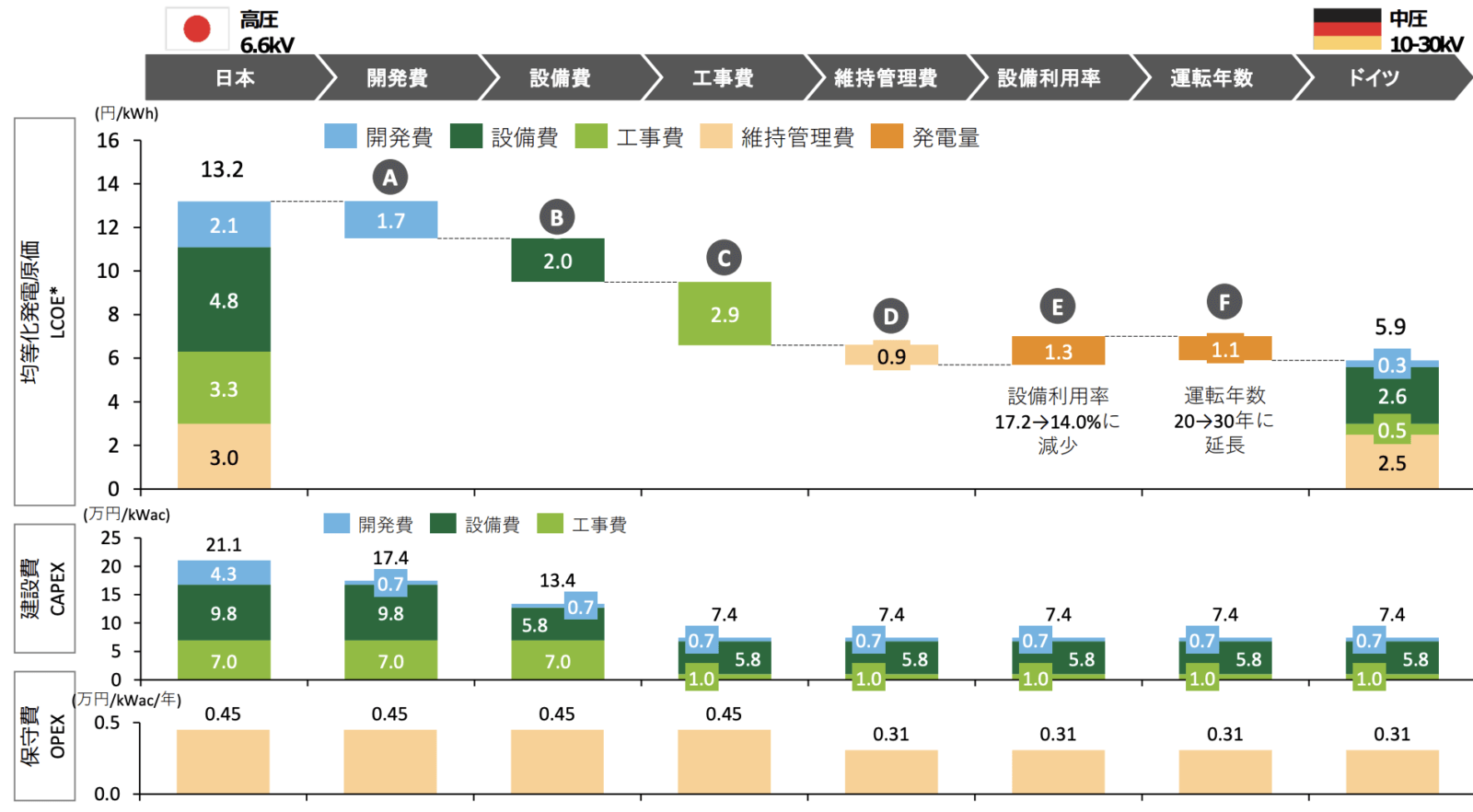What is the scenario for reducing the cost of solar power? JPEA verifies cost difference with Germany
JPEA has released the results of a survey on the cost of solar power generation in Germany and Japan. A large gap has been confirmed in each of power generation cost, construction cost, and O & M cost, and it is said that there is a cost difference of nearly three times in construction cost in particular.

Especially big difference in construction cost
Clear differences in construction costs and construction methods
The Japan Photovoltaic Energy Association (JPEA) has long stated that it will aim for a top runner at 7 yen / kWh in 2025 and an industry average of 7 yen / kWh by 2030. On February 25, JPEA announced research and analysis results and cost reduction scenarios to achieve this goal.
According to JPEA, there has been no evidence of detailed comparison or analysis of power generation costs in Germany and Japan. Therefore, verification of how to reduce power generation costs is an issue for the industry, and it is said that this survey was reached. The survey and analysis was conducted with the cooperation of Deloitte Tohmatsu Consulting.
(Cost comparison between Japan and Germany. Source: Japan Photovoltaic Energy Association Policy Committee)
As a result of the survey, it was found that the power generation cost (LCOE) in Japan was 13.2 yen / kWh, while that in Germany was 5.9 yen / kWh, a 2.2-fold difference. The construction cost (CAPEX) is 211,000 yen / kW in Japan and 74,000 yen / kW in Germany, the difference being 2.9 times. It is said that the O & M cost (OPEX) was 0.45 million yen / kWh in Japan and 0.31 million yen / kWh in Germany, a 1.5-fold difference.
Looking at the breakdown of the construction costs that caused the most difference, the difference was large in the order of construction cost, equipment cost, and development cost. Regarding the construction cost, it was said that there was a difference of 60,000 yen / kW between the construction cost and the installation cost. In Germany, there are many installations on flat farmlands that do not require construction or ground improvement, and there are differences in the mechanization and standardization of construction methods, which is said to have created such a cost difference.

There is a gap with the national cost target
Conclusion that flexible policy management is essential
On the other hand, the Procurement Price Calculation Committee of the Ministry of Economy, Trade and Industry has set the power generation cost in 2025 at 7 yen / kWh. This is not a goal limited to top runners, and it is considered that the hurdle is higher than the goal stated by JPEA.
JPEA has now revealed that there is a gap of 6.2 yen against this target as well. In order to expand the introduction of solar power generation equipment and reduce costs at the same time, the industry, the national government, and local governments must work together to secure flat land suitable for installation.
He also argued that it is necessary for the business side to make efforts to shorten the construction period and improve the procurement method, and at the same time, to create a mechanism to promote the utilization of devastated agricultural land and promotion areas by the administrative side, and to alleviate system restrictions in the distribution network. JPEA states that these conclusions will be posted as a request in the position paper.






